First Time Bonsai (outdoors)
bayside_corals
13 years ago
Related Stories

ARTThe Beauty of Bonsai — Living Art, Rooted in Harmony
Create your own emblem of nature's balance with an art form dating back 1,000 years
Full Story
GARDENING GUIDES10 Easy Edibles for First-Time Gardeners
Focus on these beginner-friendly vegetables, herbs, beans and salad greens to start a home farm with little fuss
Full Story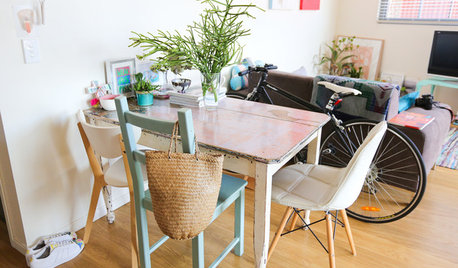
LIFEWorld of Design: Discoveries of 10 First-Time Homeowners
See how people around the globe have shaped their starter houses and made them their own
Full Story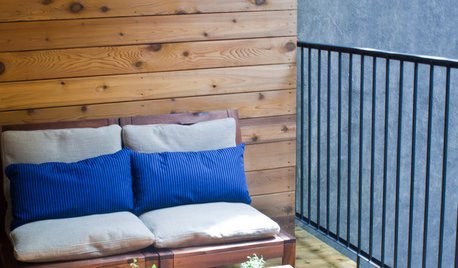
HOUZZ TOURSMy Houzz: An Eclectic, Cozy First-Time Home in Montreal
A Canadian flat rediscovers its original character with a revamped layout and a few polished touches
Full Story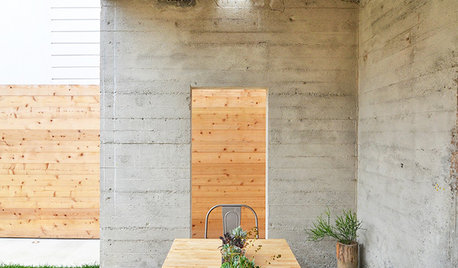
PATIOSAn Outdoor Dining Spot Creates Quiet Time in the Heart of San Francisco
See how this abandoned site became a big-city oasis with the help of a new lawn and a unique outdoor dining area
Full Story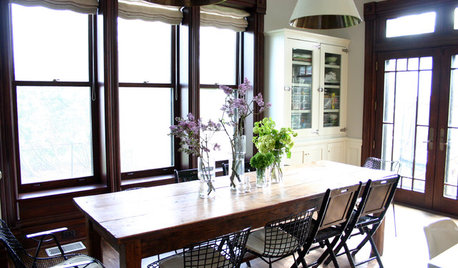
MOST POPULARFirst Things First: How to Prioritize Home Projects
What to do when you’re contemplating home improvements after a move and you don't know where to begin
Full Story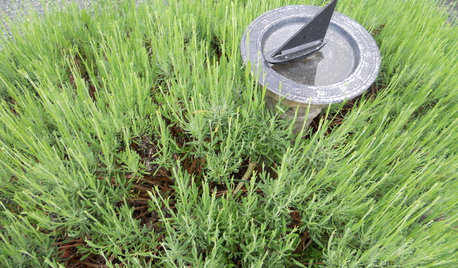
OUTDOOR ACCESSORIESIs It Time for a Sundial in Your Garden?
Welcome spring and add intrigue to your landscape with a sundial as functional art or fanciful decoration
Full Story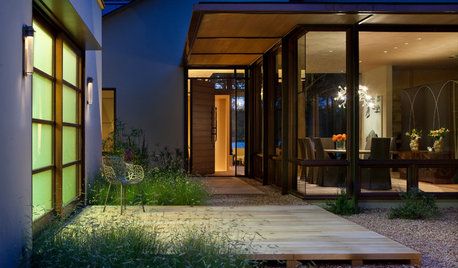
LANDSCAPE DESIGNDesign Solutions for the Time-Strapped Gardener
Landscaping for easy maintenance can help make your garden more manageable — and pleasurable to be in
Full Story
LANDSCAPE DESIGNIs It Time to Consider Fake Grass?
With more realistic-looking options than ever, synthetic turf can be a boon. Find the benefits and an installation how-to here
Full Story





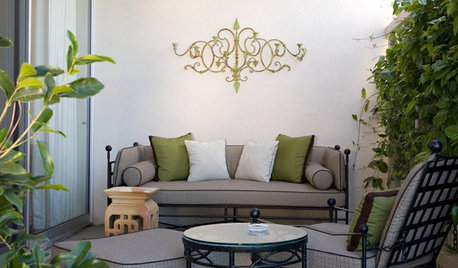


larke
greenman28 NorCal 7b/8a
Related Professionals
South Elgin Landscape Architects & Landscape Designers · Mooresville Landscape Contractors · Westwood Landscape Contractors · Bedford Heights Landscape Contractors · Berkley Landscape Contractors · Centereach Landscape Contractors · Corona Landscape Contractors · Mason Landscape Contractors · Rockland Landscape Contractors · Waipahu Landscape Contractors · Wheat Ridge Landscape Contractors · Fort Collins Decks, Patios & Outdoor Enclosures · Gaithersburg Decks, Patios & Outdoor Enclosures · Mitchellville Decks, Patios & Outdoor Enclosures · Vandalia Decks, Patios & Outdoor Enclosuresbayside_coralsOriginal Author
larke
larke
catboy
larke